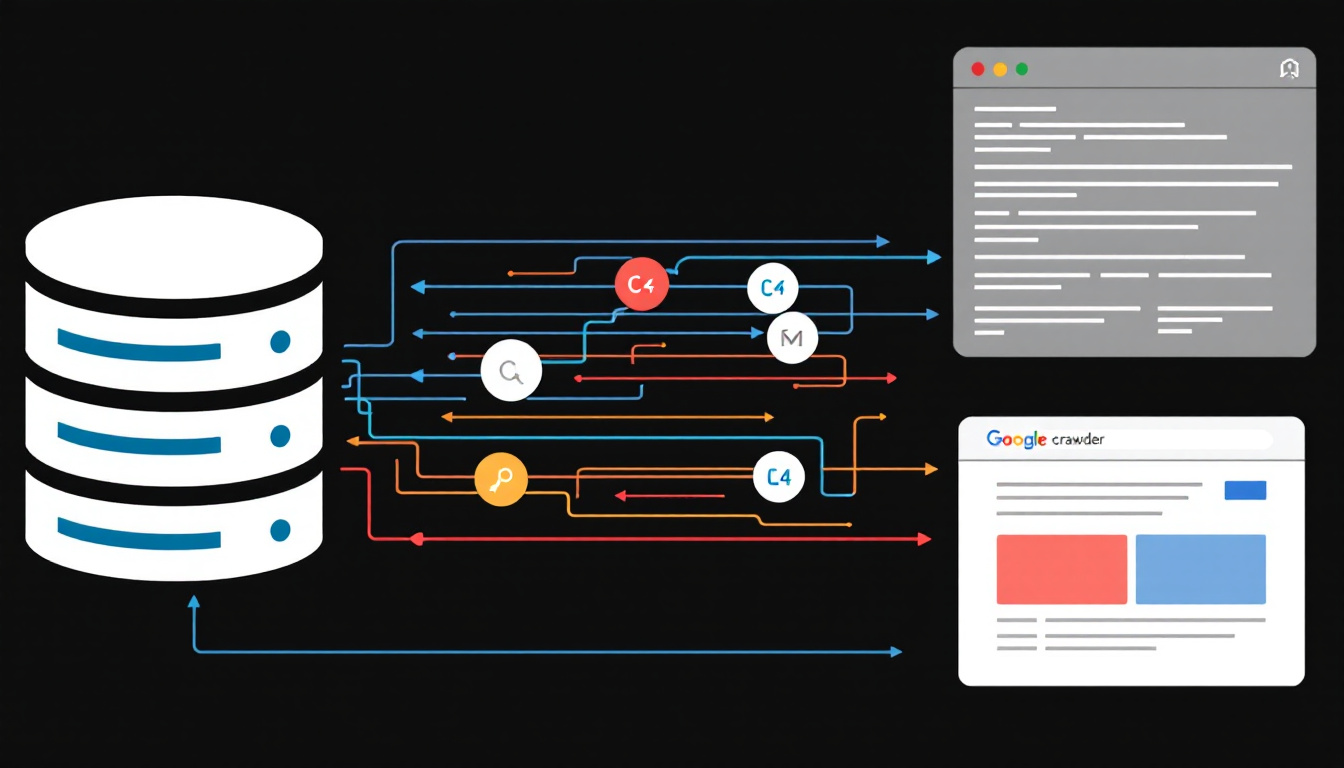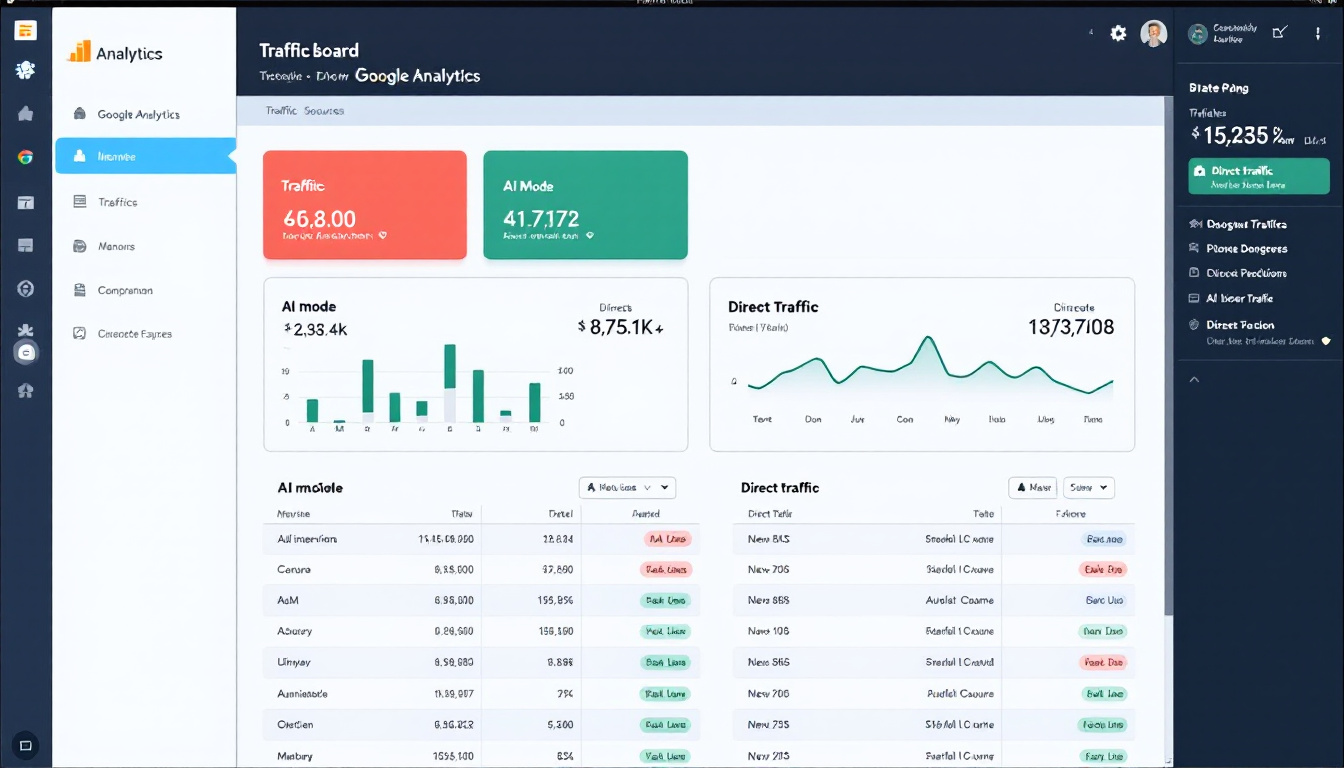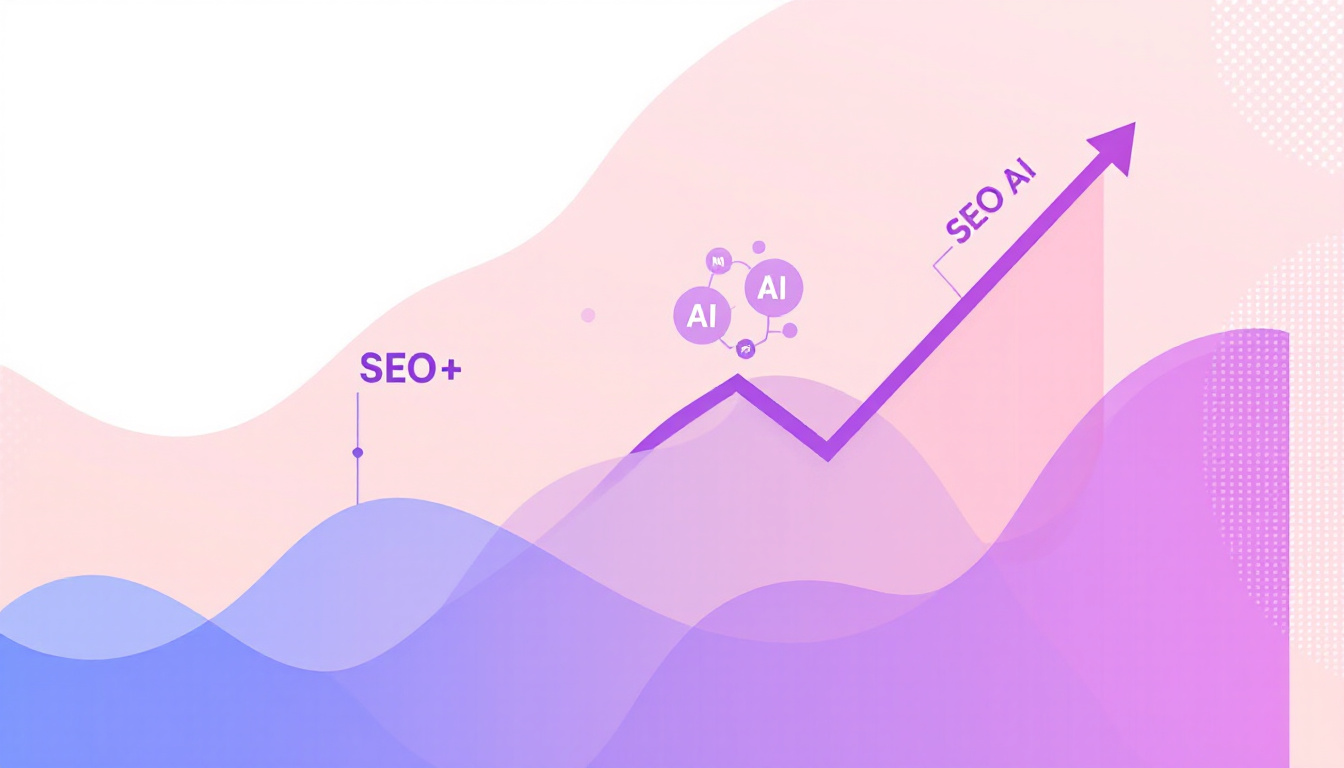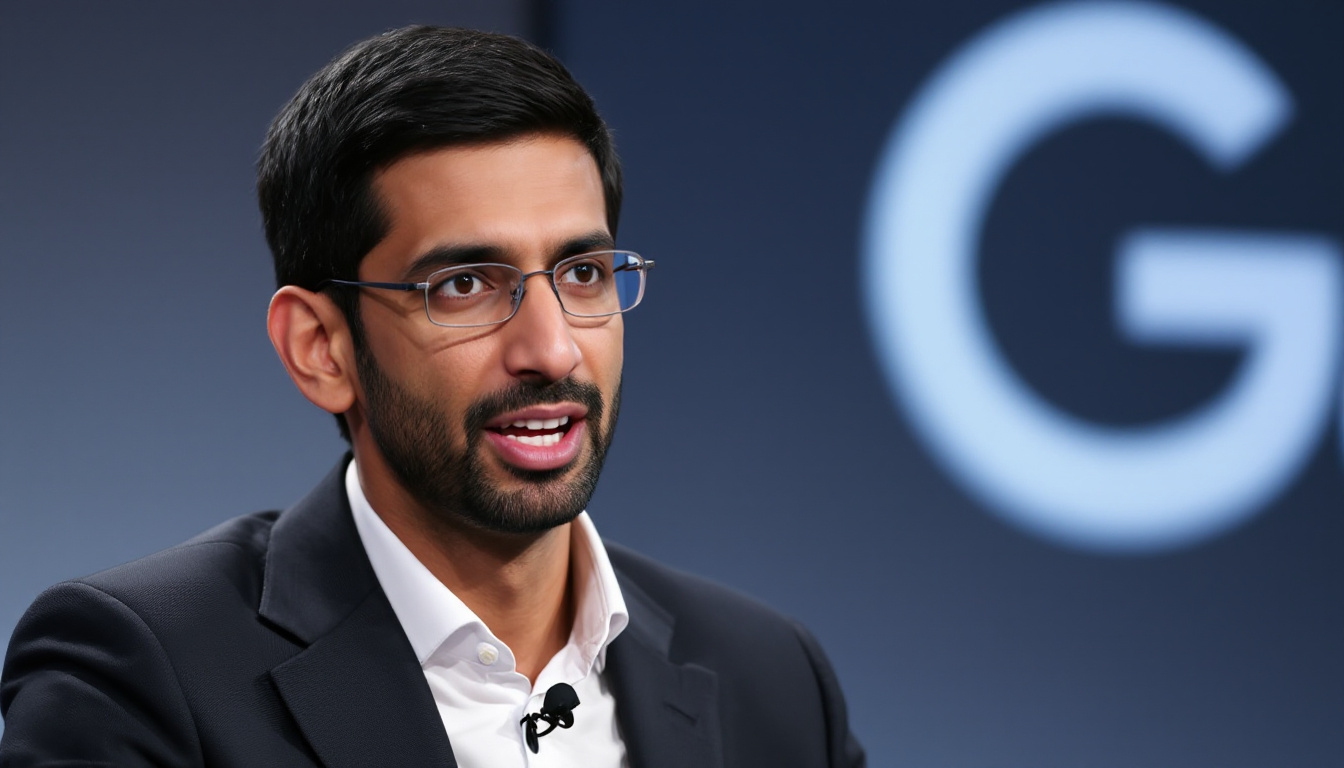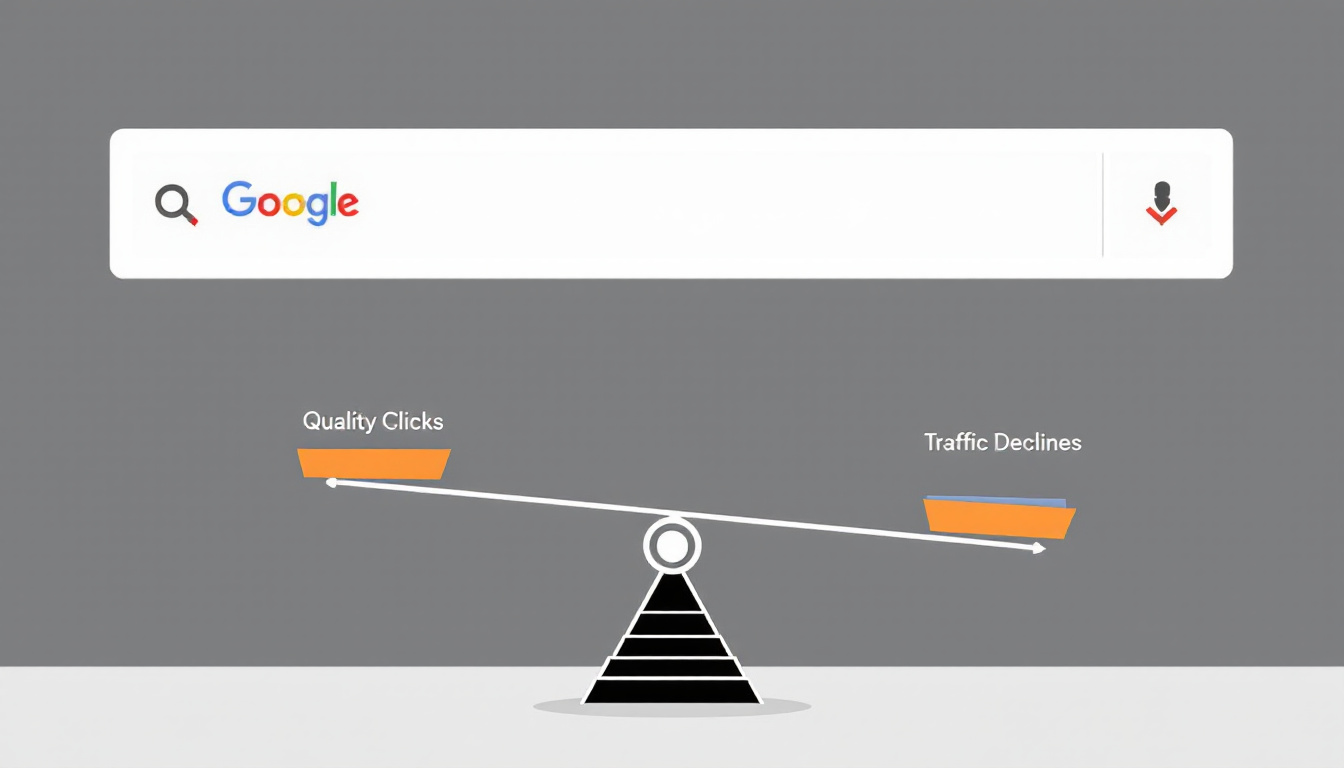Recent research reveals that Google is enhancing user engagement by encouraging more interactions within its platform.
DigitalOcean
DigitalOcean offers a variety of VPS hosting solutions perfectly suited for anyone seeking straightforward and budget-friendly computing power for their projects.
On average, visitors now navigate through ten clicks on Google’s site before moving to another website, showcasing a significant shift in user behavior compared to competitors like ChatGPT.
Google Holds User Attention Longer than ChatGPT
A comprehensive analysis conducted by Tyler Einberger of Momentic utilized Similarweb data to highlight a notable rise in Google’s ‘pages per visit’ metric, which surged to 10 by March.
This increase underscores the platform’s ability to keep users engaged within its search ecosystem.
Understanding User Interaction
The uptick in ‘Pages per Visit’ suggests that users are actively engaging with multiple elements on Google’s search results pages.
According to the report, this behavior indicates that users are interacting with various SERP features such as refining searches, clicking on images, or exploring different search tools, all while remaining on Google’s domain.
Despite these increased interactions, Google continues to direct the highest overall traffic to external sites, generating 175.5 million outgoing visits in March compared to ChatGPT’s 57.6 million—marking a 66.4% rise from the previous year.
Efficiency in Redirecting Users
While Google excels at retaining users, ChatGPT stands out in efficiently directing traffic to external websites.
Comparative Traffic Dynamics
The data reveals distinct patterns in how each platform handles user navigation.
ChatGPT facilitates an average of 1.4 external website visits per user, whereas Google averages 0.6.
This difference means that users of ChatGPT are over twice as likely to visit external sites compared to those using Google, even though Google’s user base is significantly larger.
Google’s Strategy for SERP Engagement
Google’s approach to expanding its search features plays a crucial role in keeping users within its ecosystem.
Enhancing Search Features
The expansion of SERP features ensures users find immediate answers without leaving the platform.
Features such as knowledge panels, featured snippets, and image carousels provide comprehensive information directly on the search results page, reducing the need for users to click through to other websites.
This strategy not only solidifies Google’s position as the leading traffic source on the web but also prolongs user engagement on its properties.
Despite a slight increase in outgoing traffic in early 2025, the overall audience growth remains minimal, reflecting the delicate balance between retaining users and directing them elsewhere.
Implications for SEO and Marketing
These trends present both challenges and avenues for SEO professionals and marketers.
Adapting to User Behavior
With users interacting more within Google’s interface, strategic adjustments are necessary.
Marketers should prioritize appearing in featured snippets, knowledge panels, and other prominent SERP elements to maintain visibility. Additionally, integrating ChatGPT and similar AI platforms as supplementary traffic sources can help capture a broader audience.
As users engage with multiple SERP features before making a click, refining attribution models and content strategies becomes essential for effective online presence.
Expanding AI Search Platforms
Beyond Google and ChatGPT, other AI-driven search platforms are rapidly gaining traction.
Emerging Competitors
Platforms like Perplexity, Grok, and Claude are experiencing significant growth.
Perplexity saw a 110.7% month-over-month growth in March, followed by Grok at 48.1% and Claude at 23%. These new entrants have the potential to alter existing traffic patterns as they continue to attract users, although their referral efficiency remains a subject for further analysis.
While Google maintains its status as the leading traffic source, the rise of these AI search platforms suggests that marketers should diversify their traffic channels to adapt to the evolving search landscape.
The Bottom Line
Google is successfully increasing user engagement by keeping visitors within its search ecosystem longer through enhanced SERP features and strategic user interactions.
However, as competitors like ChatGPT and emerging AI search platforms gain momentum by efficiently directing users to external sites, marketers must adapt their strategies.
Focusing on prominent SERP placements and diversifying traffic sources will be key to maintaining visibility and driving traffic in this dynamic environment.

